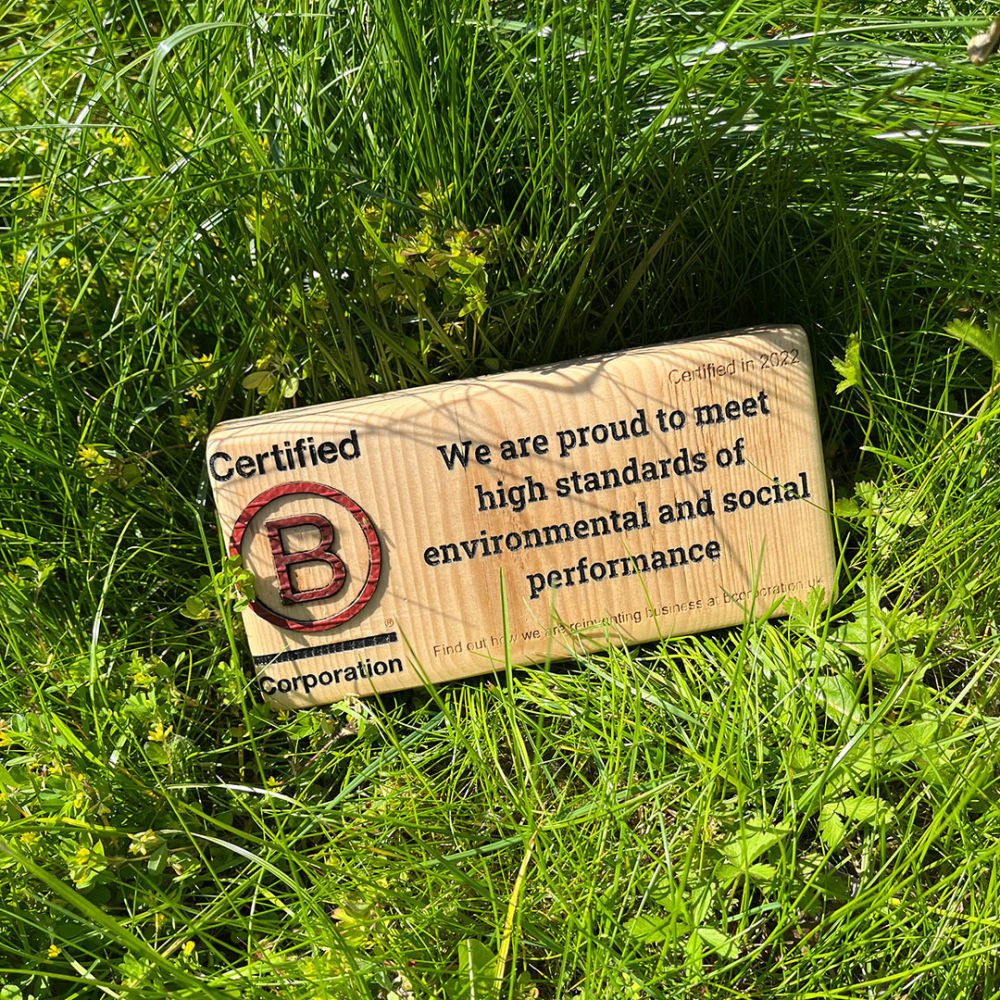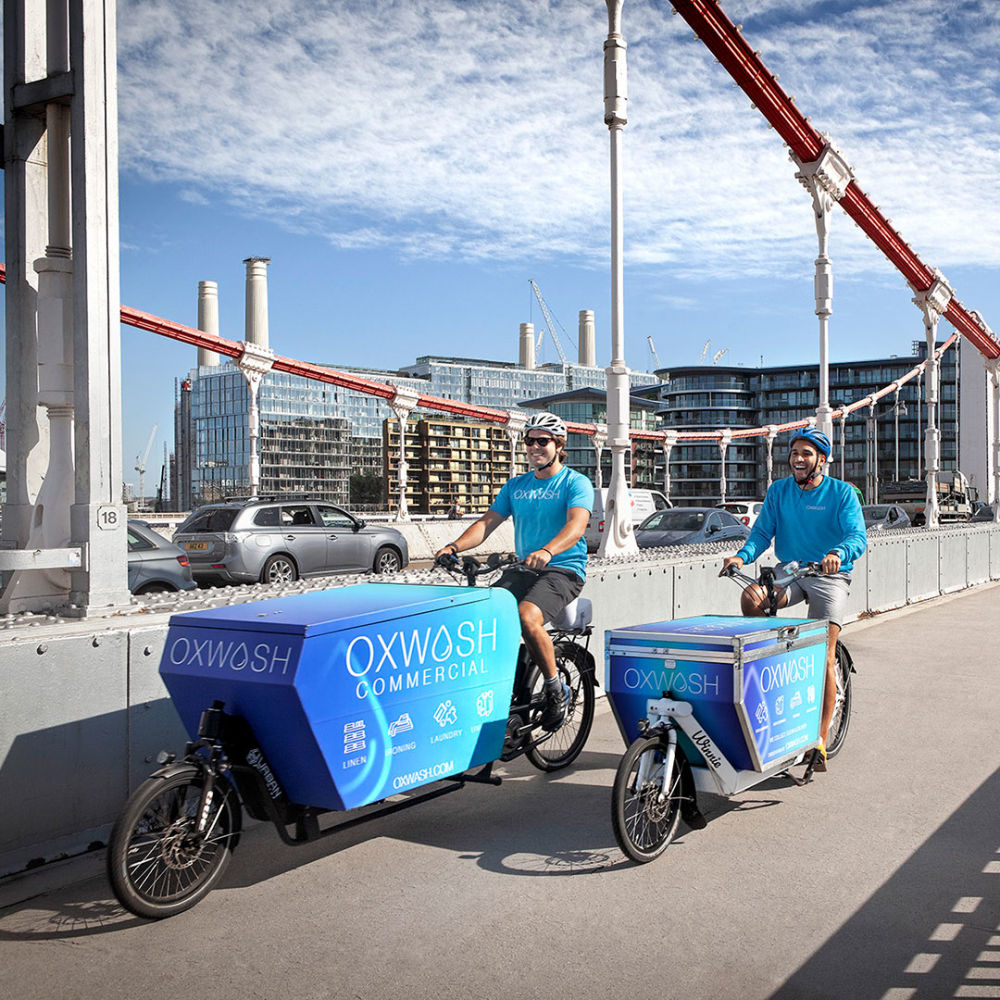Our sustainability report is now live and free to download!
Healthcare procurement: Building resilient supply chains
Healthcare procurement: Building resilient supply chains
Business & Insights
Healthcare
In the intricate web of healthcare operations, one often overlooked but critical aspect is the management of linens and scrubs. These seemingly mundane items play a pivotal role in maintaining hygiene standards within healthcare facilities. However, the conventional approach to procuring and managing linens poses significant challenges, from escalating costs to environmental impact.
In light of these challenges, strategic partnerships with sustainable laundry services emerge as a beacon of hope, offering a pathway to both supply chain resilience and environmental sustainability.
The case for sustainable laundry solutions
Healthcare institutions are no strangers to the quest for efficiency and sustainability. By forging alliances with sustainable laundry services, they can not only ensure the consistent availability of clean linens and scrubs but also contribute to environmental targets.
The traditional laundry processes often involve excessive water consumption, chemical use, and energy expenditure, which not only strain operational budgets but also burden the environment. Sustainable laundry solutions, on the other hand, prioritise resource efficiency, sustainable practices, waste management and aligning with the broader sustainability goals of healthcare institutions.
Unveiling the financial implications
To grasp the magnitude of the challenge at hand, let's delve into some staggering statistics.
According to estimates, the average number of staff wearing scrubs in a hospital or NHS trust in England stands at approximately 3,073. Extrapolating this data nationally, we find a staggering total of 772,636 NHS staff wearing scrubs.
However, the financial implications extend beyond mere procurement costs. The phenomenon of ‘stale stock’ – where scrubs go missing or misplaced within the supply chain – exacerbates financial strains on NHS trusts. It's estimated that the actual average spend on scrubs per NHS trust could be five times the original figure cited, amounting to an astonishing £193,599 per trust. This translates to a jaw-dropping total spend of £48,676,068 across England.
Technologies like RFID can be used to track individual garments to minimise losses within the supply chain.
Environmental footprint: A call to action
The financial toll of inefficient linen management is not the only concern. The environmental footprint of healthcare wastage demands urgent attention. When considering the entire lifecycle of linens, from manufacturing to transportation to washing processes, the carbon emissions add up significantly.
Estimates suggest that the total carbon emissions from NHS wastage alone amount to around 7,600 tonnes. To put this into perspective, each scrub contributes approximately 3.28 kg of carbon emissions. These numbers underscore the pressing need for sustainable solutions that not only alleviate financial strains but also mitigate environmental impact.
There is no doubt that these figures can be lowered by working with sustainable laundries that use lower-temperature washes, biodegradable detergents and other energy saving measures.
Fortifying supply chains through collaboration
In the face of these challenges, forging strategic partnerships with sustainable laundry services is an easy answer. By leveraging the expertise and sustainable practices of such services, healthcare institutions can fortify their supply chains while advancing sustainability goals. These partnerships offer a myriad of benefits, from cost savings to reduced environmental footprint. By outsourcing linen management to specialised, sustainable providers, healthcare facilities can streamline operations, minimise wastage, and ensure the consistent availability of clean linens and scrubs.
The sustainable option is the smartest option
In the quest for supply chain resilience and sustainability, healthcare institutions must embrace strategic partnerships with sustainable laundry services. By transitioning from conventional laundry practices to sustainable solutions, they can not only reduce costs but also mitigate environmental impact.
The staggering financial toll of inefficient linen management, coupled with the alarming environmental footprint, underscores the urgency of action. Through collaboration and innovation, healthcare facilities can forge a path towards a more sustainable future, where clean linens and scrubs are not only readily available but also sustainable. It's time to rethink healthcare procurement and embrace the transformative power of sustainable commercial laundry solutions.
We can help you rethink the future of your laundry management to help you reduce costs and meet environmental goals, speak to our team to see what we can do for you.
WANT TO KNOW MORE ABOUT OUR SERVICES?


Related Articles


B Corp™ certified.


Surpassing NHS-grade disinfection.














